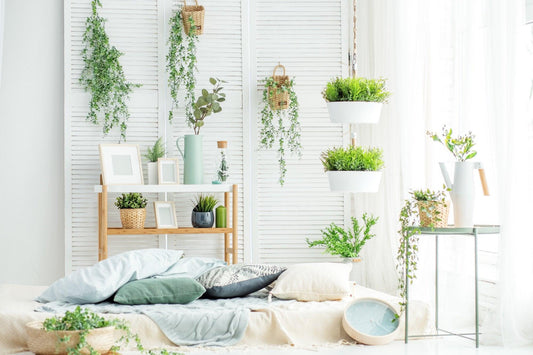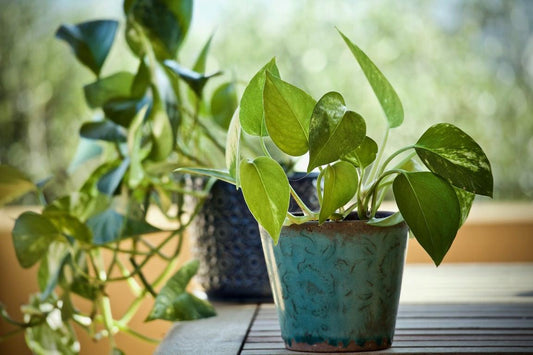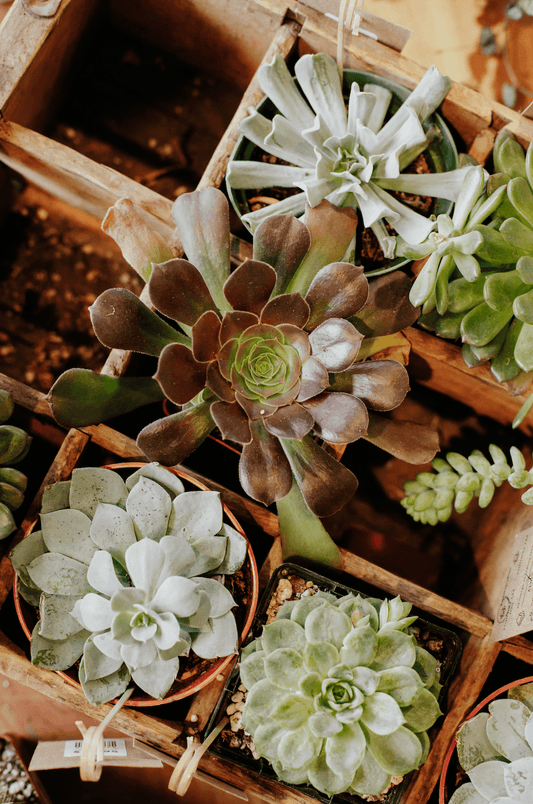HOYA
How to Care for the HOYA Plant
Overview
Due to their longevity and attractive appearance, Hoya plants are some of the most popular choices for ornamental indoor plants. Characterized by deep green leaves that grow out into trailing vines, the foliage of the Hoya has a thick, waxy quality, hence the nicknames “wax plants” and “porcelain flower.” The flowers, one of the plant’s most striking features, sprout in the form of a ball-like cluster. The colors—usually white, pink, purple, red, or yellow—vary from species to species, and stay in bloom for at least a week. When they flower, they sometimes give a whiff of chocolate, vanilla, or even cinnamon scents.


Profile
The genus consists of a group of about 300 species of plants belonging to the milkweed family. These succulent types are native to tropical Asia and Australia, and grow up to two to four feet when raised indoors. These plants are low-maintenance, and do not ask for much beyond the standard growing conditions of most tropical plants. Just like with most plant families, some species have their own specific needs. The Tricolor Hoya, which gets its name from the white and pink lines on its leaves, is known as one of the pickier cultivars due to its preference for very bright indirect light and higher sensitivity to overwatering and cold drafts. In contrast, the hardier Hoya Obovata, a cultivar with lightly speckled dark green leaves, can tolerate medium light.
Hoyas are non-toxic to both humans and animals. To best showcase your Hoya plant’s striking appearance, place it in a basket where the vines can dangle downwards, or on a small trellis. When pruning, make sure to trim only the dead brown stems. Never cut off older flowering stalks as new growth will sprout from these.




Low light
As Hoyas grow in among and between the treetops in the wild, they are used to getting indirect, diffused light. Replicate such conditions when growing them indoors by keeping them in medium to bright indirect light. Depending on the cultivar, they can also withstand lower light conditions. They will produce more vibrant foliage and flowers when placed in brighter light, but keep in mind that prolonged exposure to sun may harm your plant.

Occasional
They do best in warm, humid environments. Try not to let temperatures drop to below 60 degrees Fahrenheit, and keep them away from dark areas and cold drafts. Water when the pot becomes completely dry—usually every four weeks—as overwatering may kill your plant. They also like being slightly root-bound, which means they will thrive more in a snug pot than a roomier one. Most gardeners only repot their Hoyas every two to three years.

Easy breezy

Pet Friendly
FREQUENTLY ASKED QUESTIONS (FAQs)
on HOYA
Should I cut the old flower stalks on my Hoya?
No. Leaves and flowers will develop from these. Removing the stalk will prompt the plant to produce a new one, delaying growth and consuming a significant amount of its energy.
When will my Hoya flower?
Flowering happens when your plant reaches maturity; how fast this happens will depend on the growing conditions. Also, it is unadvisable to move your Hoya after it blooms, as disturbing it may cause the buds to drop.
Why are my Hoya’s leaves wrinkling?
This is a watering problem, with under watering bring the culprit. Dry roots will prevent your plant from taking up moisture properly, resulting in leaf curling and wrinkling.




